Breathless: 50th Anniversary
Although there is some dispute as to which film really kickstarted the Nouvelle Vague, there is much less of a debate as to which were the most important films with directors like Jean-Luc Godard, François Truffaut and Claude Chabrol all vying for the top spot with many innovative and breathtakingly ambitious films. Along with Truffaut's Les quatre cent coup (The 400 Blows), the most recognisable of the French New Wave films is Godard's A bout de souffle, known in English as Breathless. Godard employed so many new and inventive techniques that many critics and cinephiles recognise Breathless as a film that rewrote much of the accepted cinematic language in a similar way that Orson Welles did in 1941 with Citizen Kane.
The film has a strangely non-linear narrative with massive jump cuts going from one event to the next without any explanation about what has happened in the meantime or where something happened. It follows a petty criminal, Michel, who steals a car and races from Paris into the countryside, speeding past a group of policemen, shooting the one who finds him. Returning to Paris to see his on-off girlfriend, Patricia, an American selling of the New York Herald Tribune on the Champs Elysee, he sees the headlines about the murdered policeman and eventually identifying him as the prime suspect so tries to gather as much money as he can to get out of there.
This is really a film about doomed lovers but, to be honest, the plot isn't as significant as the technical aspects of Breathless. Don't get me wrong, it is a fascinating and extremely well written screenplay, on which Godard worked with François Truffaut and, with Claude Chabrol as the technical adviser, drew three of the 'big guns' of the Nouvelle Vague together.
There is some debate as to the reason why Godard used so many jump cuts with opinion split between the assertion that it was an aesthetic choice designed to create an elliptical narrative and the other, perhaps more believable, contention that the first cuts clocked in at over 130 minutes and, rather than remove scenes as was the norm, Godard chose to simply shorten each scene by removing various numbers of frames. I don't really care which version is true as you have the same result with Godard taking the accepted method of making films and simply doing something different, revolutionising the way in which films would be seen and made from then on. Not only is the film fascinating the sheer number of jump cuts and ellipses, it is remarkable for the number of times the actors break the fourth wall, turning to the camera and either addressing or motioning to the audience.
Godard also decided against a large crew and bulky equipment, taking new lightweight cameras onto the Parisian streets and shooting extremely quickly with cinematographer Raoul Coutard putting down a marker that would establish him as one of the greatest directors of photography who have ever looked through a camera lens.
Jean-Luc Godard started filming with one star name, the American actress Jean Seberg, but once the film had been released, there was another actor whose name was on everyone's lips: Jean-Paul Belmondo. In Breathless, he is the embodiment of cinematic cool with a thick cigarette always dangling from his bottom lip, a confident swagger and a hat always perched at a jaunty angle on his head. Belmondo's interplay with Seberg is fascinating and he really commands attention as he prowls the streets, hotels and shops as if he owns the city.
This is compulsory viewing for anyone who considers themselves a serious film fan as it works on several levels: as a romantic thriller, a character-led drama and as a lesson in how to break the rules and get away with it, making a masterpiece in the process. Breathless is a film that never seems to age and it is cool now as it always has been.
The Disc
Extra Features
The first on the menu is an introduction by Jefferson Hack, the creator and publisher of the magazine Dazed & Confused. He talks about the first time he saw Breathless, what an impact it had and why it is such a great film. He will never be confused with the 'serious' academics who can wax lyrical on much longer about every aspect of Godard's filmmaking that this is a fairly accessible and well presented introduction.
The 16 minute interview/profile on Jean-Luc Godard for the UK art show Tempo from 1965 has had some sections removed because of legal constraints but Mike Hodges, who narrates the film and conducts the interview, does a great job of charting the rise of Godard from a critic for the Cahiers du cinéma magazine (along with Truffaut and Chabrol) to a world-renowned director. It is a shame that so many pieces have been cut out and one entire section is missing but this is a fascinating little piece and it's great to see it available for home viewing.
Next up is Toby MacDonald's 9 minute short film Je t'aime John Wayne which follows a young Englishman called Tristan who is obsessed with cinema, calling himself Belmondo on his answering machine, speaks French when he can or English with a French accent and smokes Lucky Strike cigarettes. As an homage to cinema in general and Breathless in particular, it is a really interesting and well made and short film with a decent performance by Kris Marshall as 'Belmondo'.
Finally, there is a featurette on the life of Jean Seberg which, 12 minutes, gives an overview of her life and career from childhood to her death with contributions from people including one of her sisters, her first husband and her high school drama teacher. Although not the longest of biography pieces, this is still extremely interesting and I learned a great deal.
The Picture
For a film that was shot so quickly with a lightweight camera and using a wheelchair for a dolly, the quality of the images extraordinarily good and this remastered picture is as good as I have seen the film on DVD, especially upscaled. It doesn't quite have the clarity and definition that the Blu-ray boasts, but it is a massive step up from the previous Optimum release from 2000.
The Sound
The Dolby Digital 2.0 Mono soundtrack is very clear, doing a great job with the dialogue and jazz music that passes for a score. All of the dialogue was recorded in post production to match the events on-screen because, due to the sheer amount of jump cutting, having that dialogue would make absolutely no sense!
The subtitles are very good, well written and error-free and, although there isn't an option to turn on or off on the menu, they can be toggled on and off by using your remote when the film is playing.
Final Thoughts
Breathless is one of the greatest films ever made and, in terms of cinematic language, one of the most important. I don't know if it is taught in every film studies course (I didn't study at a university for my International Film MA) but it should be compulsory viewing for everyone who treats film seriously and as an art form with serious merit.
There is a weird situation with Breathless as it is released on DVD in this, the 50th anniversary edition, and on Blu-ray as part of the StudioCanal Collection. Both releases have different extra features are so the most devout collector will want to own both but really it's a case of 'you pay your money, you take your choice'.

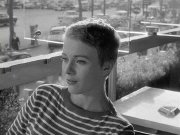
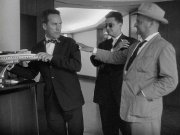
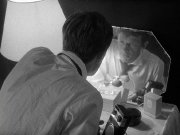
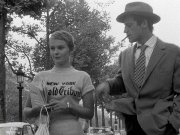
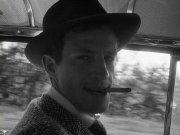
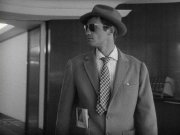
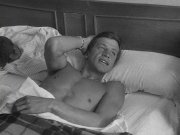
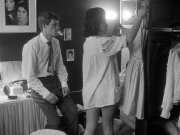
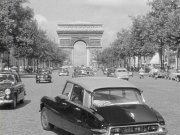

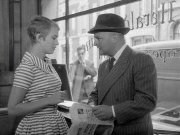
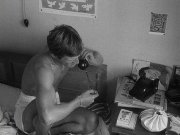
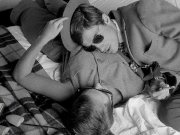
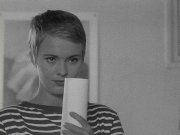
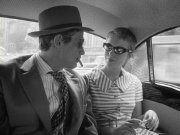

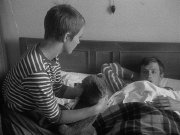
































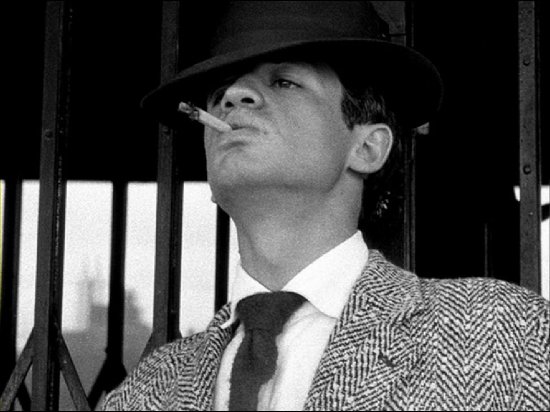





Your Opinions and Comments
Be the first to post a comment!